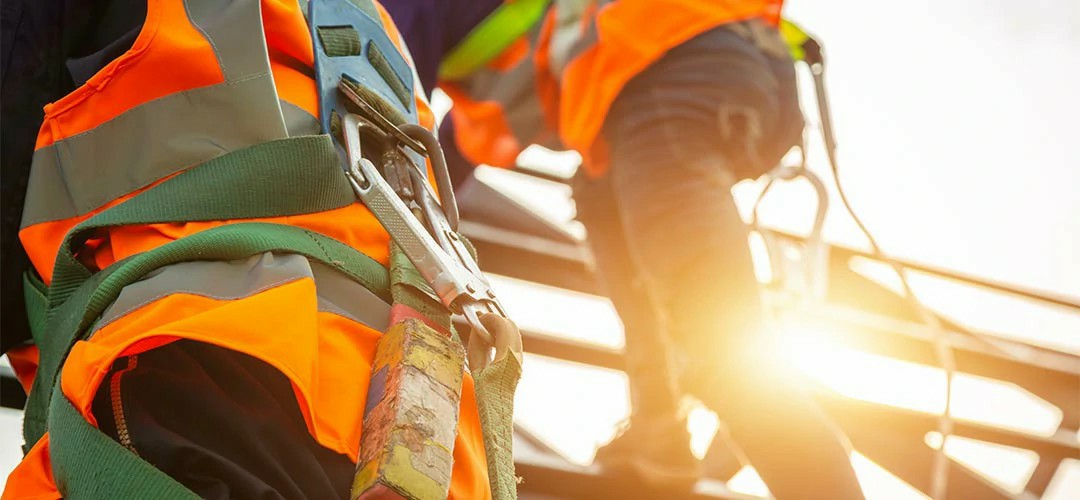


 349,500 Offered Certificates
349,500 Offered Certificates
 24/7 Online Training
24/7 Online Training
 Money Back Guarantee
Money Back Guarantee
 Fully Accredited Courses
Fully Accredited Courses

Created at: 22-02-2025 15:19
When it comes to Working at Heights, the safety of workers is paramount. However, unpredictable weather conditions can present significant challenges that impact not only the safety of the work environment but also the effectiveness of the tasks being performed. Understanding how weather affects safety practices is critical for anyone involved in working at heights, from construction sites to maintenance work. This post will delve into the various weather conditions that can affect safety and outline best practices to mitigate risks.
Various weather conditions pose risks when working at heights, including:
Wind can significantly affect a worker's stability and safety when working at heights. High winds can lead to:
Best Practices:
Rain can turn previously safe surfaces into hazardous zones. When rainwater collects, it can create:
Best Practices:
The presence of ice and snow can create treacherous working conditions at heights. Potential impacts include:
Best Practices:
Working in extreme temperatures can affect a worker's alertness and physical capabilities. Notably:
Best Practices:
Preparing workers for the unpredictabilities of weather conditions is vital in reducing risks. Proper training in working at heights equips workers with the knowledge and skills to assess environments before beginning tasks. Below are critical components of training:
Courses such as Working at Heights Training provide essential knowledge and certification that ensure all workers are prepared to assess and respond to weather challenges safely. Offering classes in Dublin, Cork, and Galway, this training makes it easy to equip your team with the skills they need.
Ultimately, staying informed and prepared is key to working safely at heights amid changing weather conditions. Business owners should prioritize comprehensive Working at Heights Safety Course training to empower their workers. Want to ensure safety in adverse weather? Consider enrolling in a Certified Working at Heights Training program or a Working at Heights Course Online.
If you have questions or need more information about training opportunities, reach out to us at [email protected]. Your safety and that of your team is our priority!